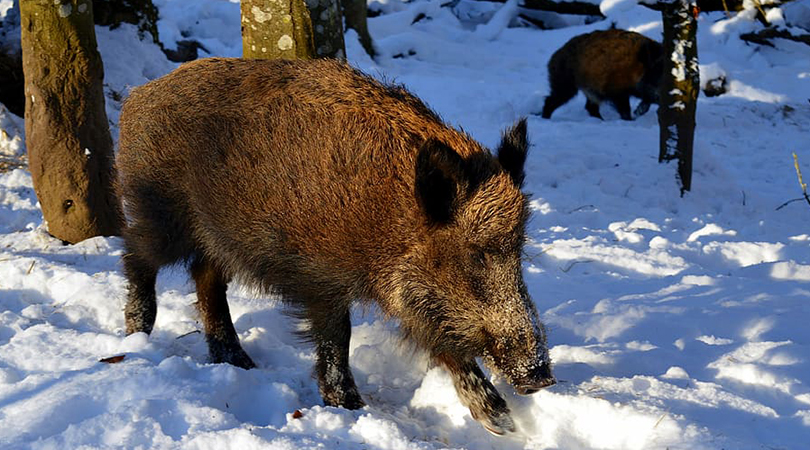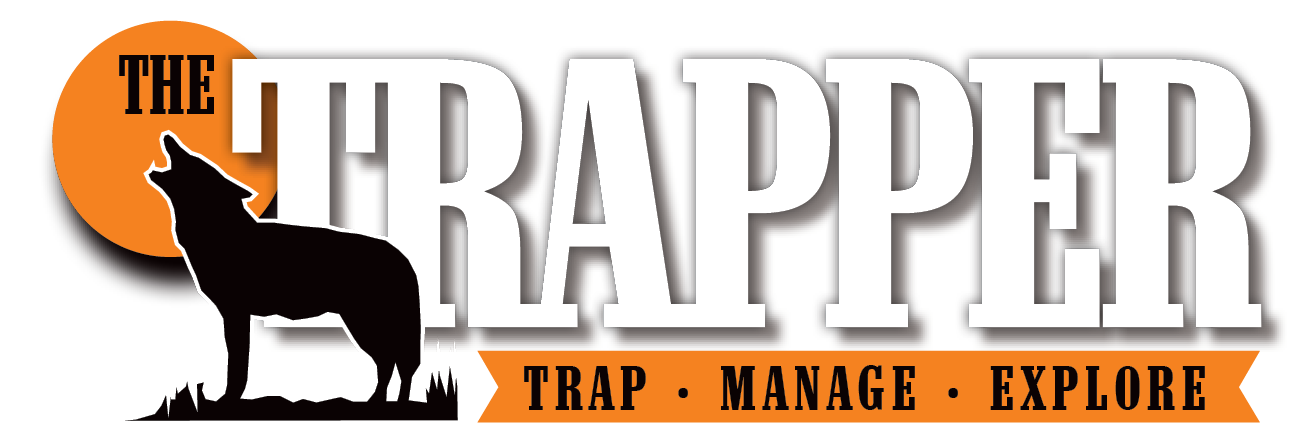Feral hogs are spreading throughout Canada, surviving in areas many did not think possible.
From the late 1980s to the early 1990s, Canadian farmers imported European wild boars for meat. The problem was, some of them escaped or were set free when their meat was no longer in high demand. These wild boars then interbred with domestic pigs, creating feral hogs, which are now found throughout western and central Canada, from British Columbia to Manitoba and beyond. As the feral hogs spread, they sow destruction everywhere they go, uprooting crops and grasslands, eroding the environment, displacing wildlife, harassing livestock and eating just about everything.
Pigs and “Pigloos”
Canadian feral hogs can reach a whopping 600 pounds, equipped with sharp tusks and bristly coats over their thick, insulating fur. They are reproducing quickly and expanding their range extensively. Their combination of wild and domestic traits — including their high tolerance for cold and ability to birth large litters — may have bred “super pigs,” says Ryan Brook, a wildlife researcher with the University of Saskatchewan. The “super pigs” even build above-ground shelters that researchers have termed “pigloos.” These “pigloos” consist of mounds of cattails, which they cut down and burrow into, capturing enough heat to steam on cold days, Brook explains.

Canadian feral hogs create “pigloos” to stay warm during winter.
“The cattails do a good job of catching the snow and it’s fairly thick and soft, so they can tunnel into that and have their little pigloos,” Brook says.
The Power of the Pig
These animals are known for their large size, intelligence and toughness.
While Eurasian wild boars are typically smaller in the southern areas of their native range, they get bigger in the north, a pattern that is common across many animal species.
North American wild pigs, on average, weigh between 150 and 220 pounds. Though Canadian hogs vary greatly, Brook and his team found at least one feral hog that exceeded 600 pounds. This massive size increase may be advantageous in the cold, Brook notes.
Many people are unfamiliar with these hybrid pigs, which is probably why they don’t view them as a threat, Brook says. But he disagrees. Just about everywhere else feral hogs are found, they cause destruction.
“We should be worried, because we know the biology,” Brook says. “They’re called an ecological train wreck for a reason.”
“If we had true Eurasian wild boar without any domestic pig, this whole issue would be a lot easier to handle … Reproductive rates would be lower.”
You can read the original story here.
